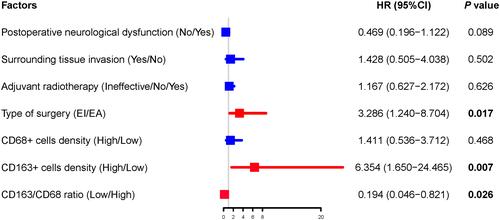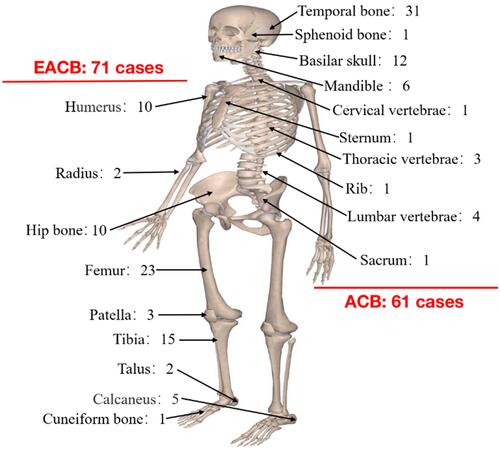Figures & data
Table 1 Association Between TAMs Parameters and Clinicopathological Features of Chondroblastoma Patients
Figure 2 Representative images of tumor-associated macrophages parameters and immunohistochemical markers in chondroblastoma tissues.
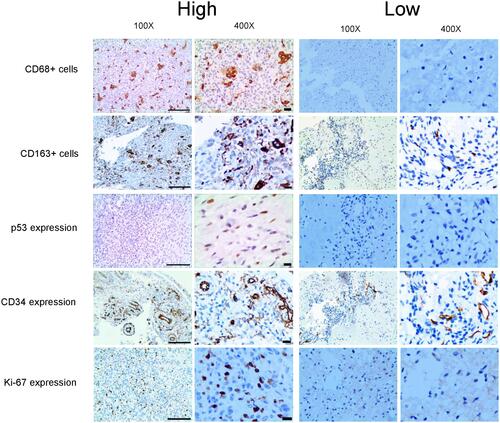
Table 2 Univariate Analysis of the Prognostic Factors of Local Recurrence-Free Survival in Patients with Chondroblastoma
Figure 3 The relationship between tumor-associated macrophages parameters and response to radiotherapy in patients with chondroblastoma.
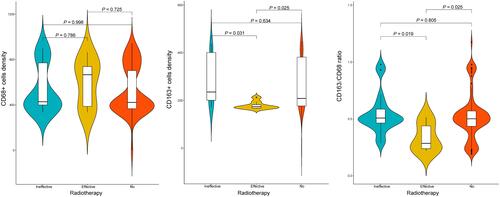
Figure 4 Kaplan–Meier curves of local recurrence-free survival of chondroblastoma patients stratified by CD68+ cell density and CD163+ cell density.
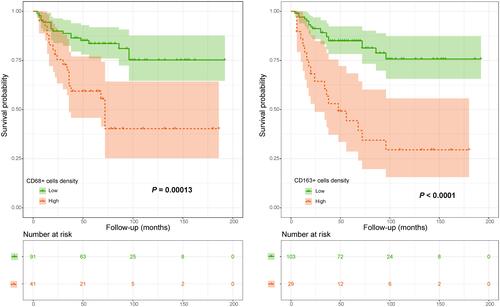
Figure 5 Multivariate Cox proportional hazard analyses of prognostic factors for local recurrence-free survival in patients with chondroblastoma. The results showed that type of surgery, densities of CD163+ and CD68+ cells were significant predictors of patients’ local recurrence-free survival (bold values used in the Figure indicate P < 0.05). Patients with Enneking inappropriate tumor resection and high number of CD163+ and CD68+ cells had a 4.124-, 2.929- and 2.236-times higher risk of chondroblastoma recurrence after surgery than their counterparts, respectively.

Table 3 Univariate Analysis of the Prognostic Factors of Overall Survival in Patients with Chondroblastoma
Figure 6 Kaplan–Meier curves of overall survival of chondroblastoma patients stratified by CD68+ cell density, CD163+ cell density and CD163/CD68 ratio.
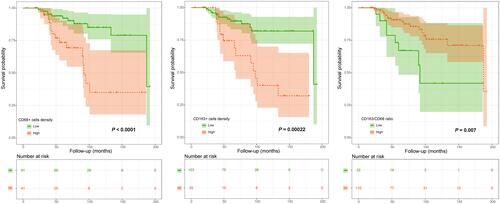
Figure 7 Multivariate Cox proportional hazard analyses of prognostic factors for overall survival in patients with chondroblastoma. The results showed that type of surgery, density of CD163+ cells and CD163/CD68 ratio were significant predictors of patients’ overall survival (bold values used in the Figure indicate P < 0.05). Patients with Enneking inappropriate tumor resection and high number of CD163+ cells had a 3.286- and 6.354-times higher risk of death after surgery than their counterparts, respectively. However, patients with low CD163/CD68 ratio within the chondroblastoma microenvironment were 0.194 times less likely to have death following surgery than those harboring high CD163/CD68 ratio.
